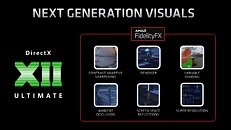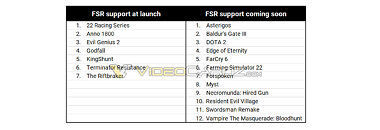
Intel Posts XeSS Technology Deep-Dive Video
Intel Graphics today posted a technological deep-dive video presentation into how XeSS (Xe Super Sampling), the company's rival to NVIDIA DLSS and AMD FSR, works. XeSS is a gaming performance enhancement technology where your game is rendered by the GPU at a lower resolution than what your display is capable of; while a high-quality upscaling algorithm scales it up to your native resolution while minimizing quality losses associated with classical upscaling methods.
The video details mostly what we gathered from our older articles on how XeSS works. A game's raster and lighting is rendered at a lower-resolution, frame-data along with motion vectors are fed to the XeSS upscaling algorithm, and is then passed on to the renderer's post-processing and the native-resolution HUD is applied. The XeSS upscaler takes not just motion vector and the all important frame inputs, but also temporal data from processed (upscaled) frames, so a pre-trained AI could better reconstruct details.
The video details mostly what we gathered from our older articles on how XeSS works. A game's raster and lighting is rendered at a lower-resolution, frame-data along with motion vectors are fed to the XeSS upscaling algorithm, and is then passed on to the renderer's post-processing and the native-resolution HUD is applied. The XeSS upscaler takes not just motion vector and the all important frame inputs, but also temporal data from processed (upscaled) frames, so a pre-trained AI could better reconstruct details.

















































